As we now exist in the era of digital technology, there must be intelligent methods to market to customers. One of the best strategies is to know How to Create an AI digital Marketing Strategy: From Basics to Best Practices. This approach is marketing together with AI tools to enhance outcomes on internet presence. AI is important in business because it enables decision-makers to identify the target audience, develop material relevant to such markets, and make sound decisions based on such information. AI digital marketing strategies can help novice and seasoned marketers cut down their time and increase their growth rate. In this blog, you will learn a guide on how to apply AI for your marketing advantage. Let’s get started!
What is an AI Digital Marketing Strategy?
AI Digital Marketing Strategy as the name suggests incorporates AI tools and processes to enhance your business’s marketing on online platforms. AI encompasses customer information, foresees customer patterns, and can also write articles for your customers. Not like using trial and error in choosing marketing strategies, AI propels marketers toward practical solutions.
For example, AI tools can help you:
- Know your audience's Desires and Aspirations.
- Schedule social media updates or emails, as an example, if it is done manually many times a day.
- Promote online and offline, focusing on material tailored to individual customers.
- Capture and enhance your campaign performance.
To put it simply, AI as applied to digital marketing is the use of technology with creativity to enhance marketing.
Strategy for creating an AI digital marketing
Step 1: Understand Your Goals
Every successful strategy indeed involves the fundamentals of goal setting and planning. Ask yourself:
- What am I trying to accomplish by marketing?
- What is my goal with website traffic, am I looking to drive more traffic to my website, or am I looking to acquire more leads or more sales?
- Which of them is more important; am I specifically looking to increase brand awareness or customer satisfaction?
For example
- If your goal is to gain more web traffic, you will be able to find out which keywords are the best for your website and make it Friendlier for the search engines.
- In terms of application, you can ask an AI system to write unique advertisements, sell products, or send mass emails depending on what the user does.
As soon as one is aware of his or her objectives, one can apply the correct AI instruments to that job.
Step 2: Know Your Audience
Knowledge of your audience is the basis of any marketing approach. AI makes this easier by telling you through a data analysis, all the information that needs to be highlighted about the customer base, their preferences, and behavior towards products of the specific brand.
How to understand your Audience with AI:
- Customer Segmentation: AI tools are capable of sorting your customers by age, place of origin, preferences, or purchase pattern.
- Behavior Analysis: See what your audience does on your website or on your application to know what they engage in.
- Feedback and Reviews: AI tools can also be used in analyzing the reviews made by customers to establish what seems to be trending or ailing the market.
Understanding the audience makes it easy for a person to fashion messages that will create an impact on the audience.
Step 3: Choose the Right AI Tools
AI tools are the supporting pillars of the strategy you are implementing. Here are a few tool categories to think about:
- Content Creation: Jasper AI or Writesonic would be helpful when you require generating blog content or even captions for social media or even product descriptions.
- E-mail Marketing: For AI-based email automation use tools like Mailchimp or ActiveCampaign.
- SEO Optimization: Some applications like SEMrush or Ahrefs can help with keywords and make more people visit your website.
- Analytics: Both Google Analytics and HubSpot have tools that allow for the measuring of the success of your campaign.
The first step when it comes to AI tools is to go slow. Start with some of the tools, determine which of them is efficient for your business, and then introduce more.
Step 4: Create Personalized Content
Customized content is what customers require today; content that feels like it is being generated for them alone. AI just makes it possible to produce such content.
For example
- Dynamic E-mails: The customer history determines whether the email subject line, greetings, and recommendations are going to be personalized or not by AI.
- Website Experience: Platforms like these, including Dynamic Yield, can present different web content to different people.
- Chatbots: They can offer customers technical support at any time, and they can suggest what product to buy.
Alembic of article Personalized content not only ensures satisfaction of the customer but also increases your chances of a sale.
Step 5: Use AI for Better Ads
AI improves the effectiveness and lowers the cost of your marketing and Advertising campaigns.
How AI improves ads:
- Targeting the right Audience: AI is data-driven which means it can deliver your ads to people who are more likely to make the purchase.
- Predicting Performance: Services such as Google Ads AI can therefore forecast the success of the keyword and advertising formats.
- Optimizing Budgets: AI helps you direct your money to the right platforms where your adverts will garner the best results.
For instance, in Facebook Ads Manager AI is applied to help target advertisements with respect to users’ behaviors, preferences, and ages.
Step 6: Analyze and Improve
Such a line of action is appropriate, and more importantly, a good strategy is never a fixed plan. AI assists you in keeping track of the outcomes of your campaigns and optimizing them.
Steps to analyze and improve:
- Track key metrics: Other metric likeliness such as click-through rate, conversion rate, and engagement rate can be managed using tools such as Google Analytics.
- Identify what’s working: AI tools can help you show which elements of your campaign are effective.
- Test and adjust: Changing contrasting approaches such as using A/B tests to see which one gets more outcomes.
The efficiency of AI means you always have data to act on whether for strategic planning or immediate decision-making needs.
Challenges of Using AI in Digital Marketing
While AI offers many benefits, it also comes with challenges:
1. Cost
It is nonetheless important to understand that, while advanced AI tools can indeed be expensive, they are entirely suitable for small businesses.
2. Learning curve
It is self-explanatory that it is advisable to take some time to understand how to apply AI tools in a given production process.
3. Data privacy
Companies, therefore, have to be careful about how they employ customer data so as not to contravene the law of the land say the GDPR laws.
4. Dependence on technology
As a result of over-reliance on AI, we may end up with less creativity or feeling in marketing.
The result is, that the use of AI should be more of an added tool, or aid to the human, instead of directly utilizing the human resource.
Conclusion
Developing an AI Digital Marketing plan is the key to changing the way companies engage their audience. For this reason, marketers can benefit from utilizing AI tools which enable them to create more effective content, improve the advertising campaign effectiveness, and gain insights into customer behavior. Yes, there are issues such as affordability as well as data privacy but the benefits on the side of the adopters are many fold greater. AI is useful in organizations because it helps firms use data to make sound decisions and effectively manage their resources to achieve objectives on time.
If you also have any doubts related to AI Digital Marketing or need any information related to AI Digital Marketing, you can contact AHIT now and get information. AHIT will help you.



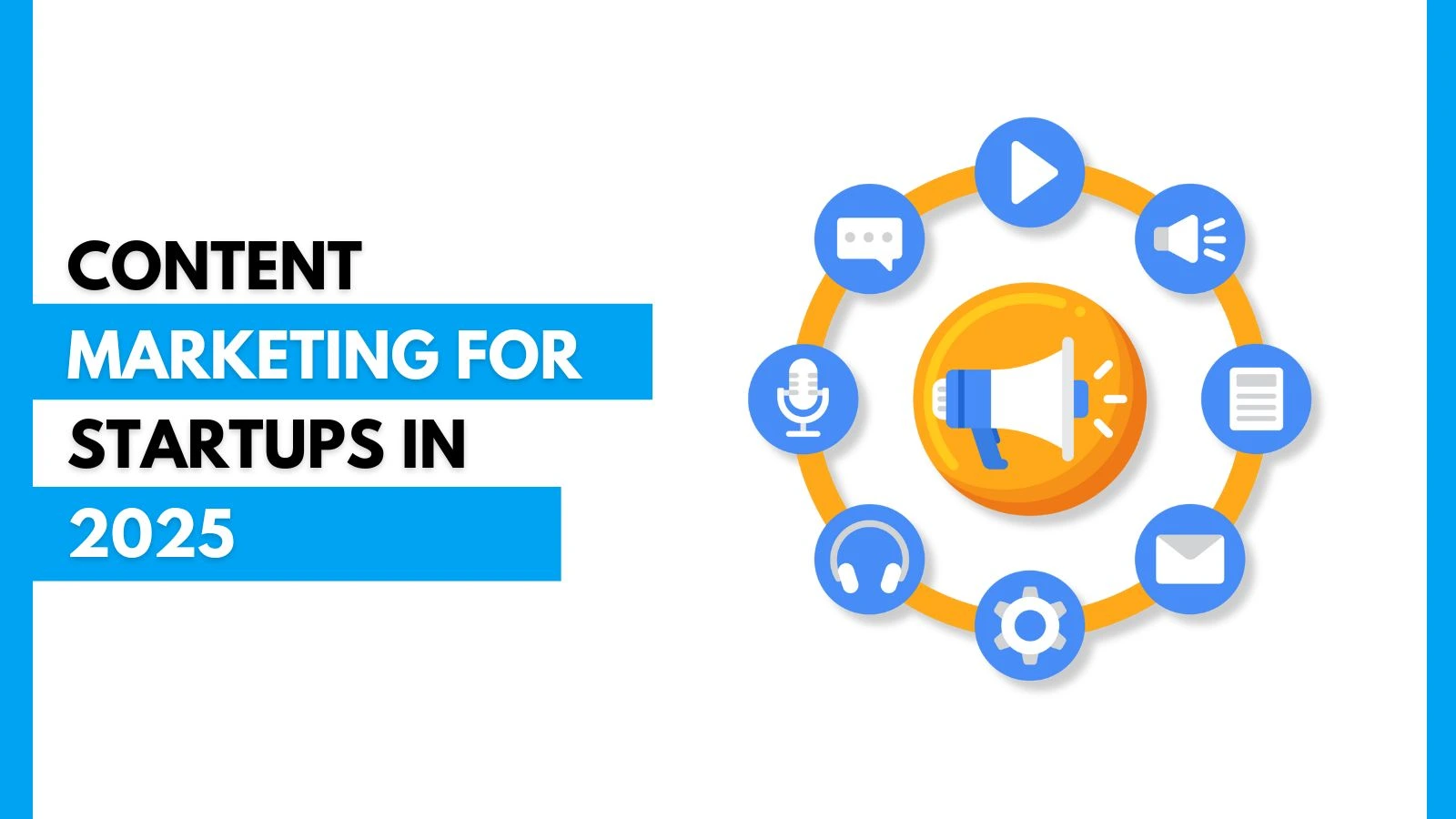

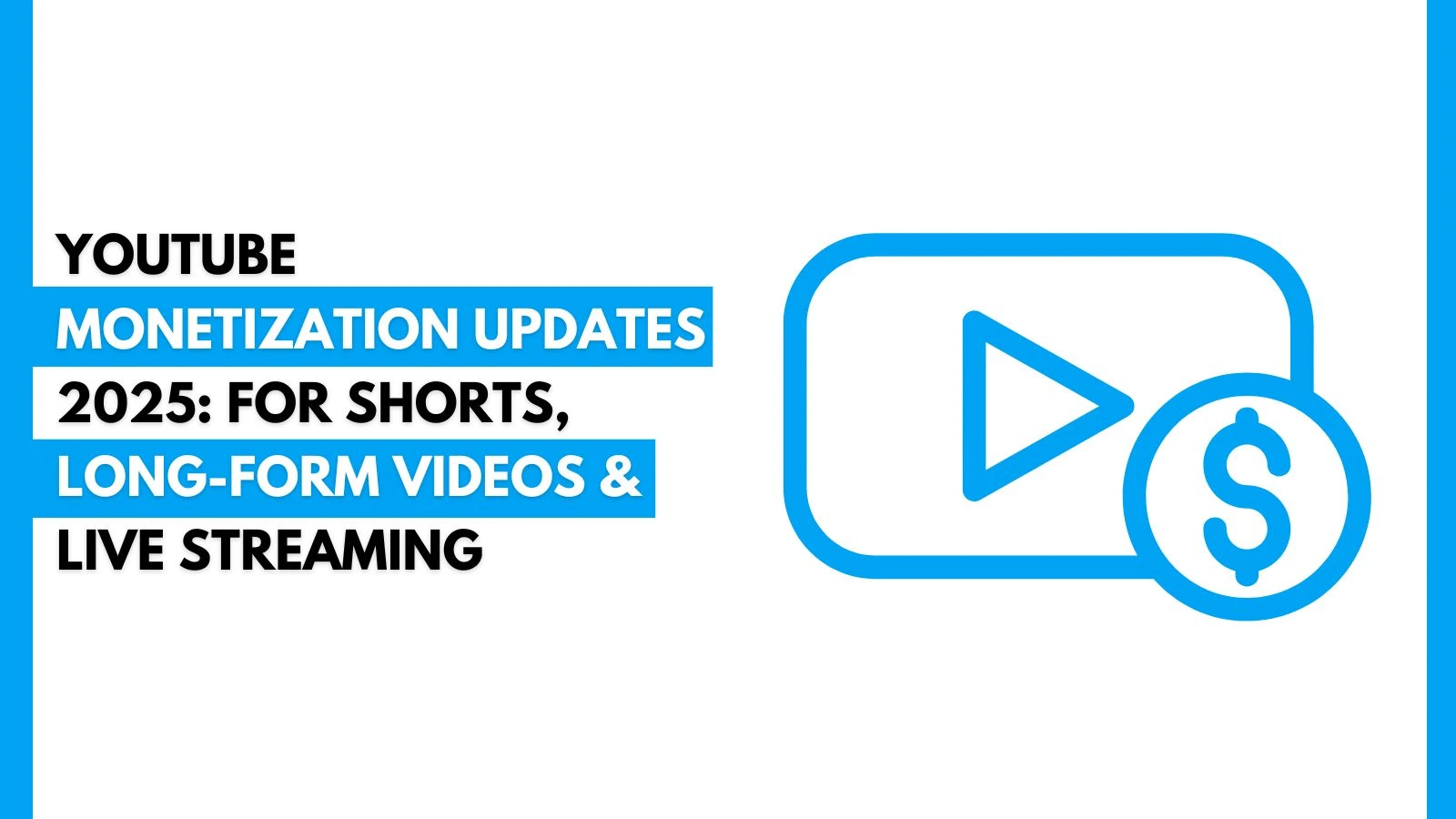
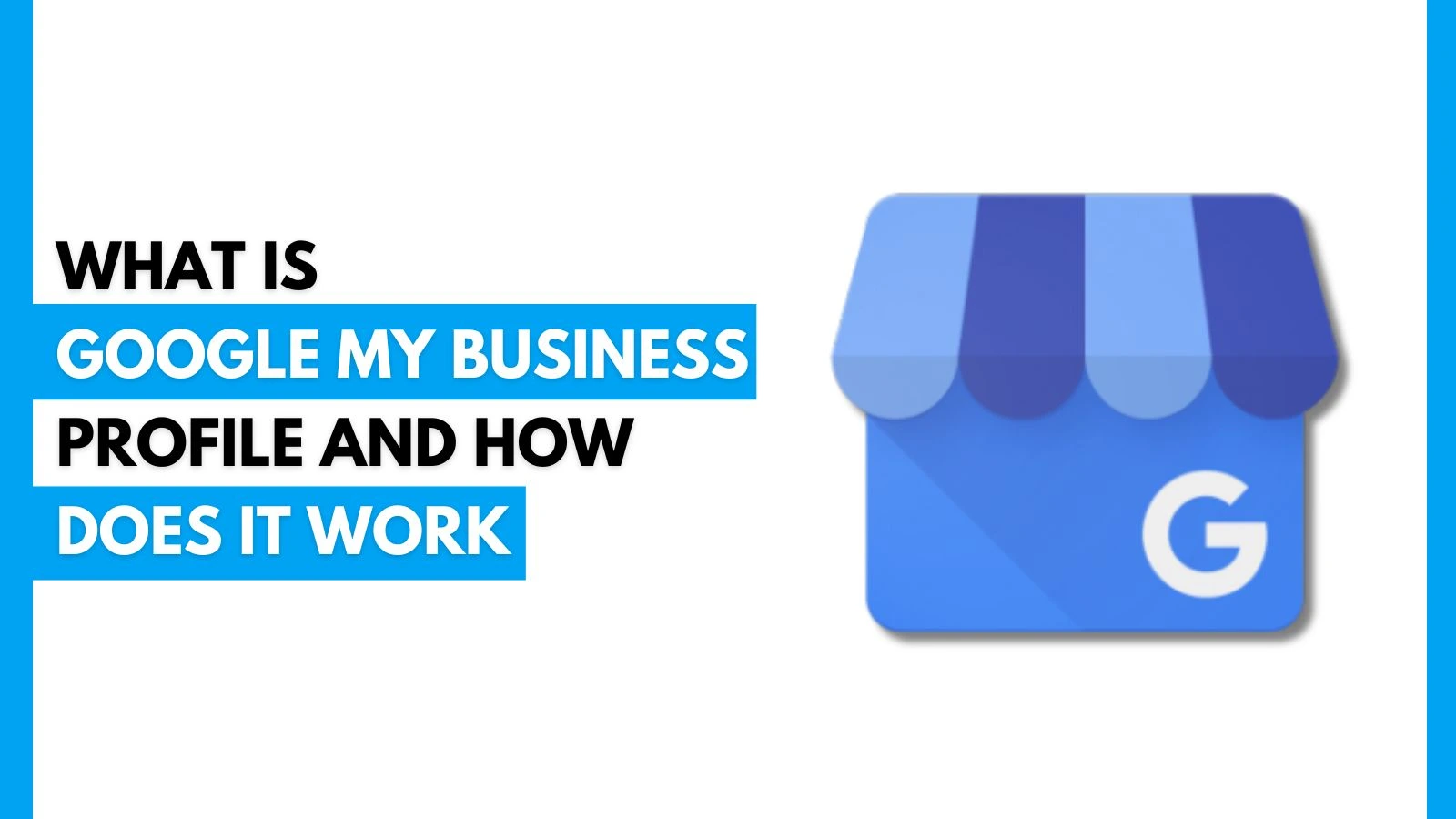
.webp)
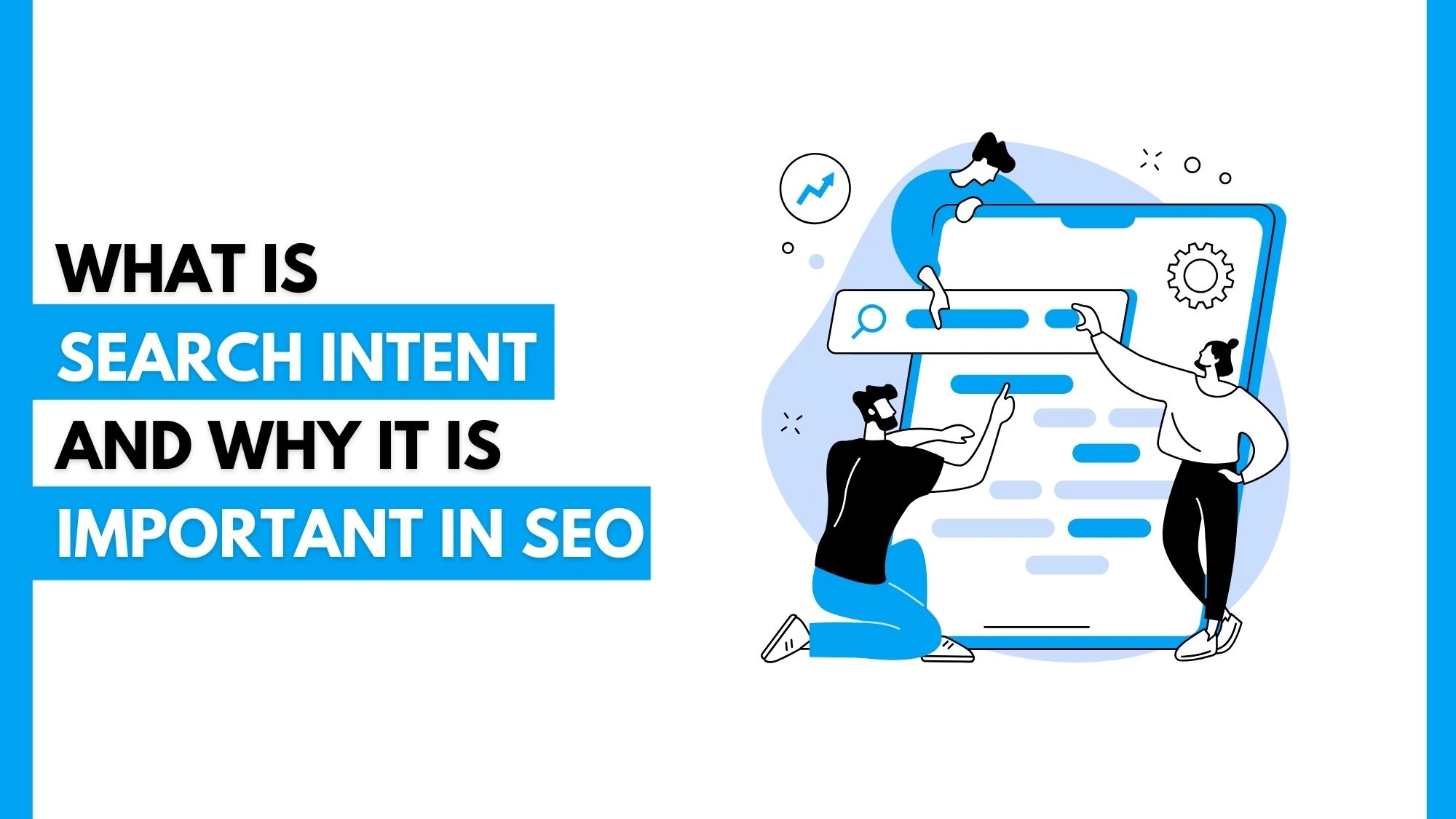


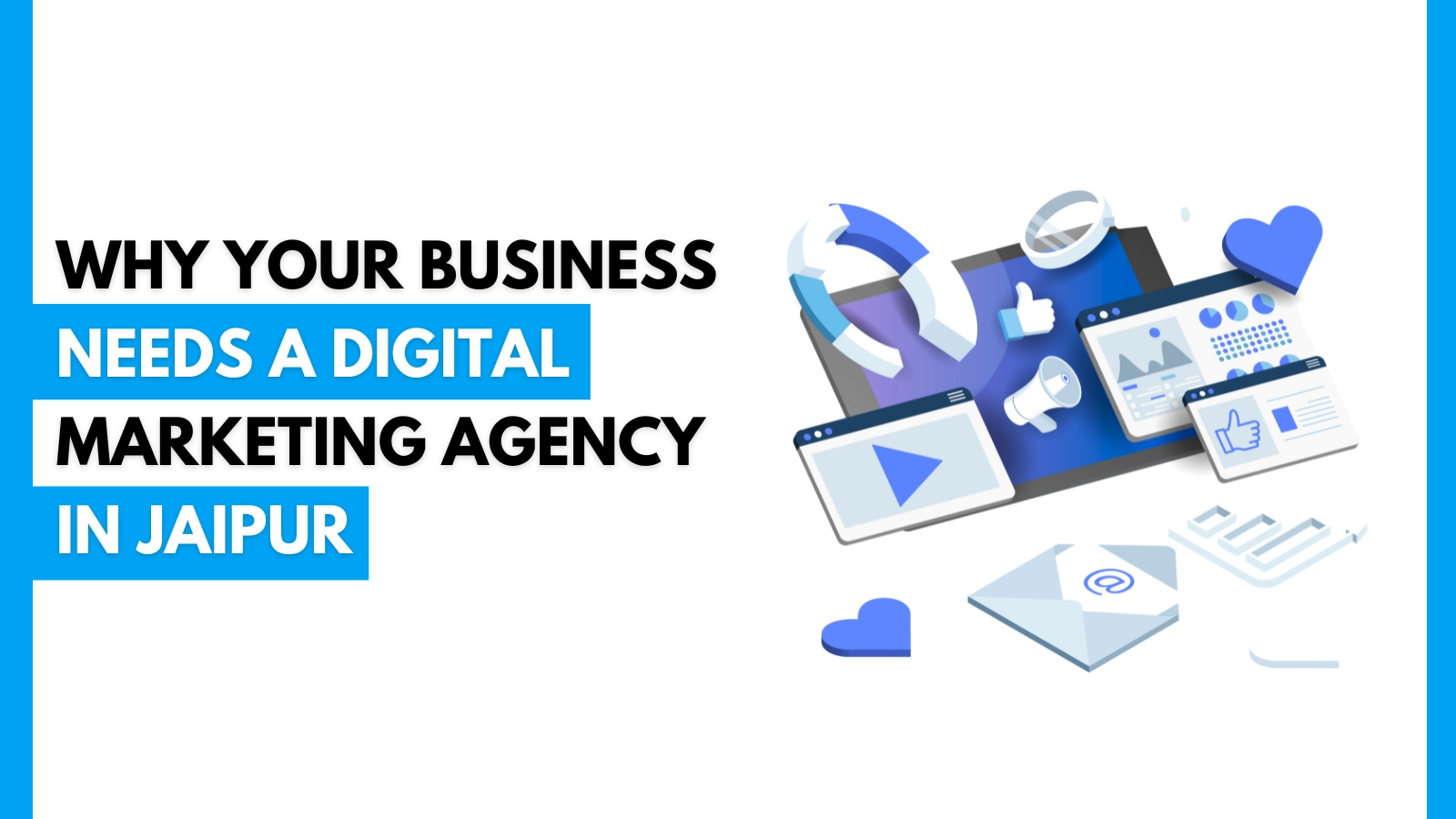


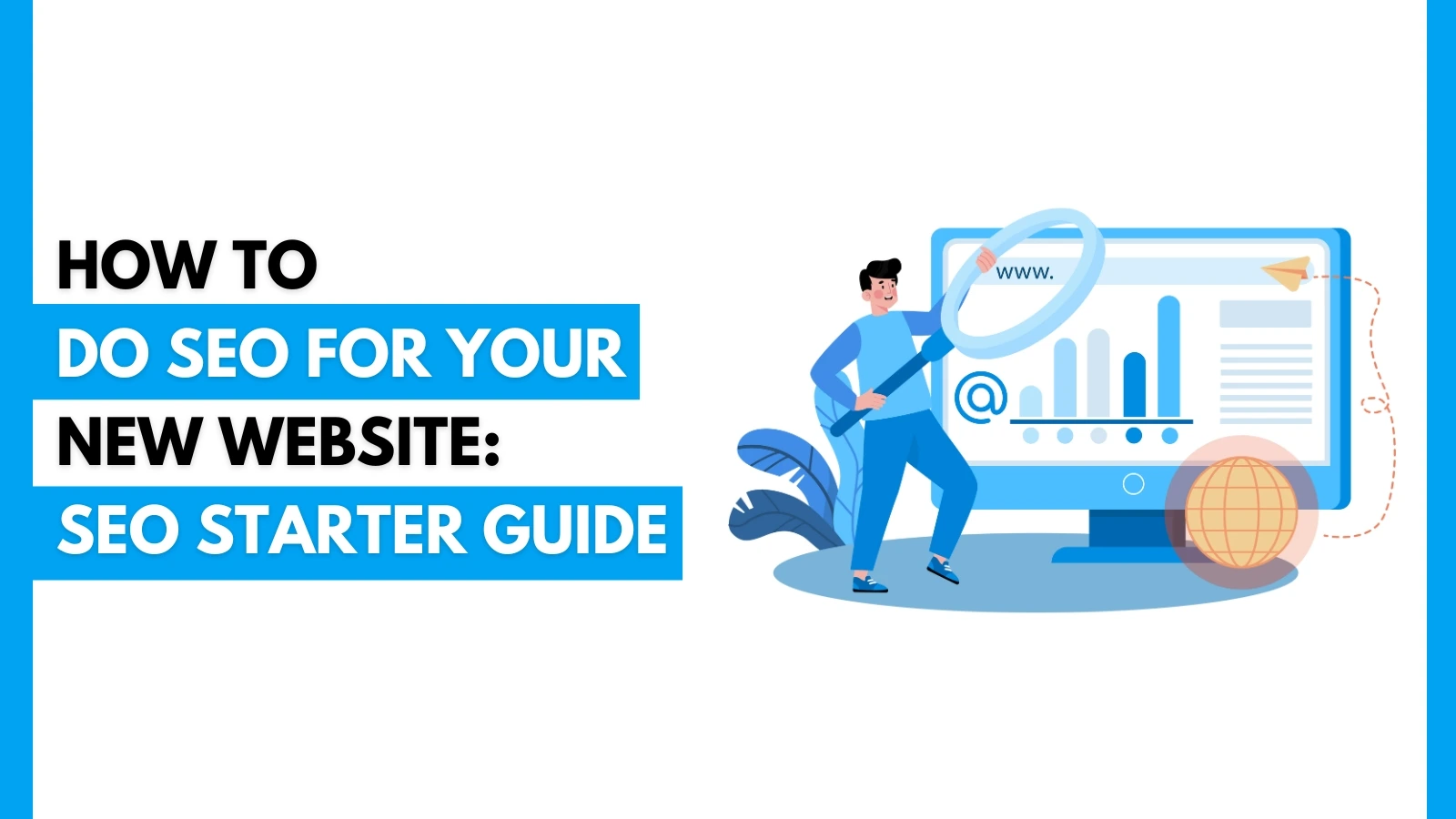

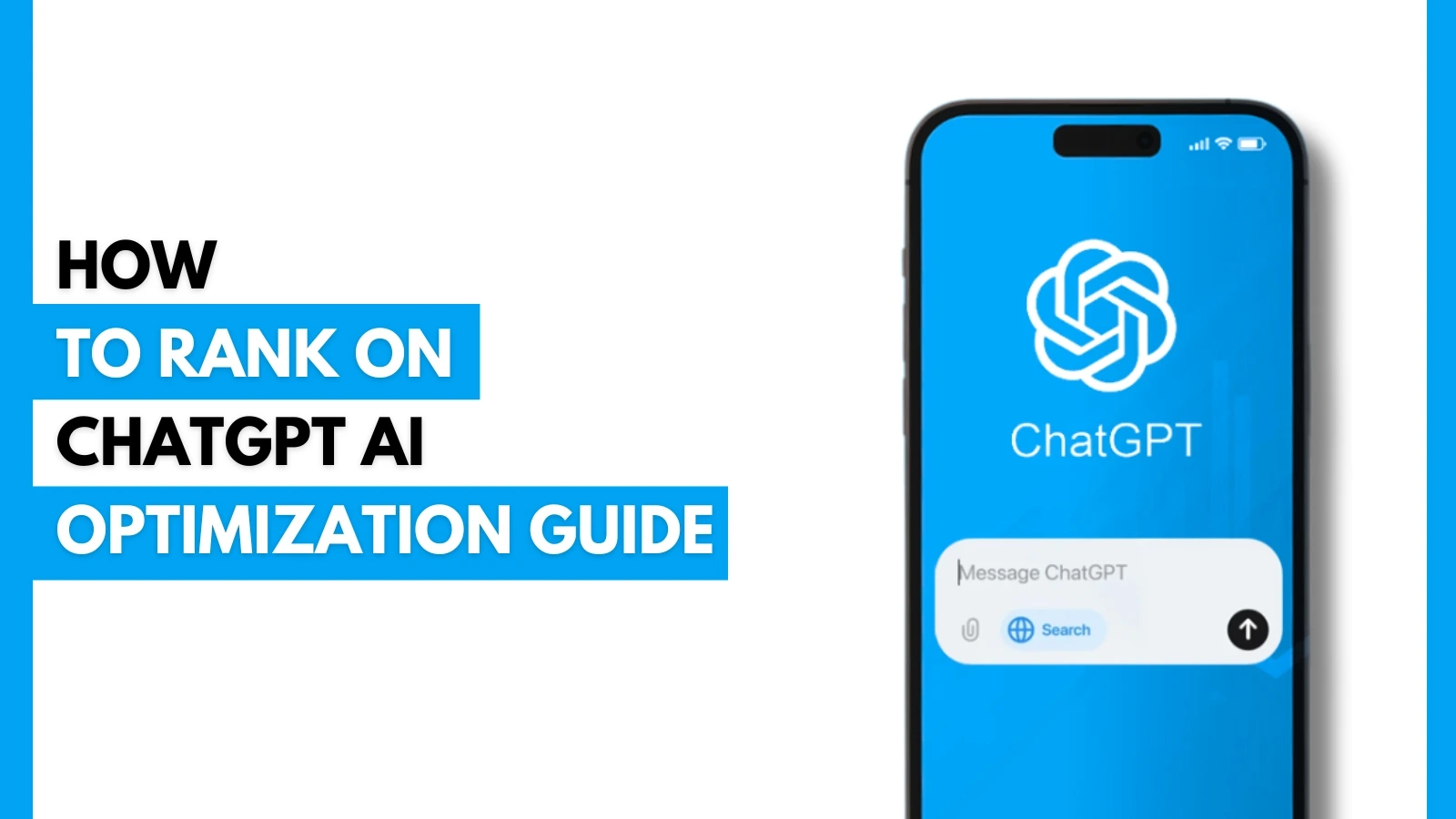
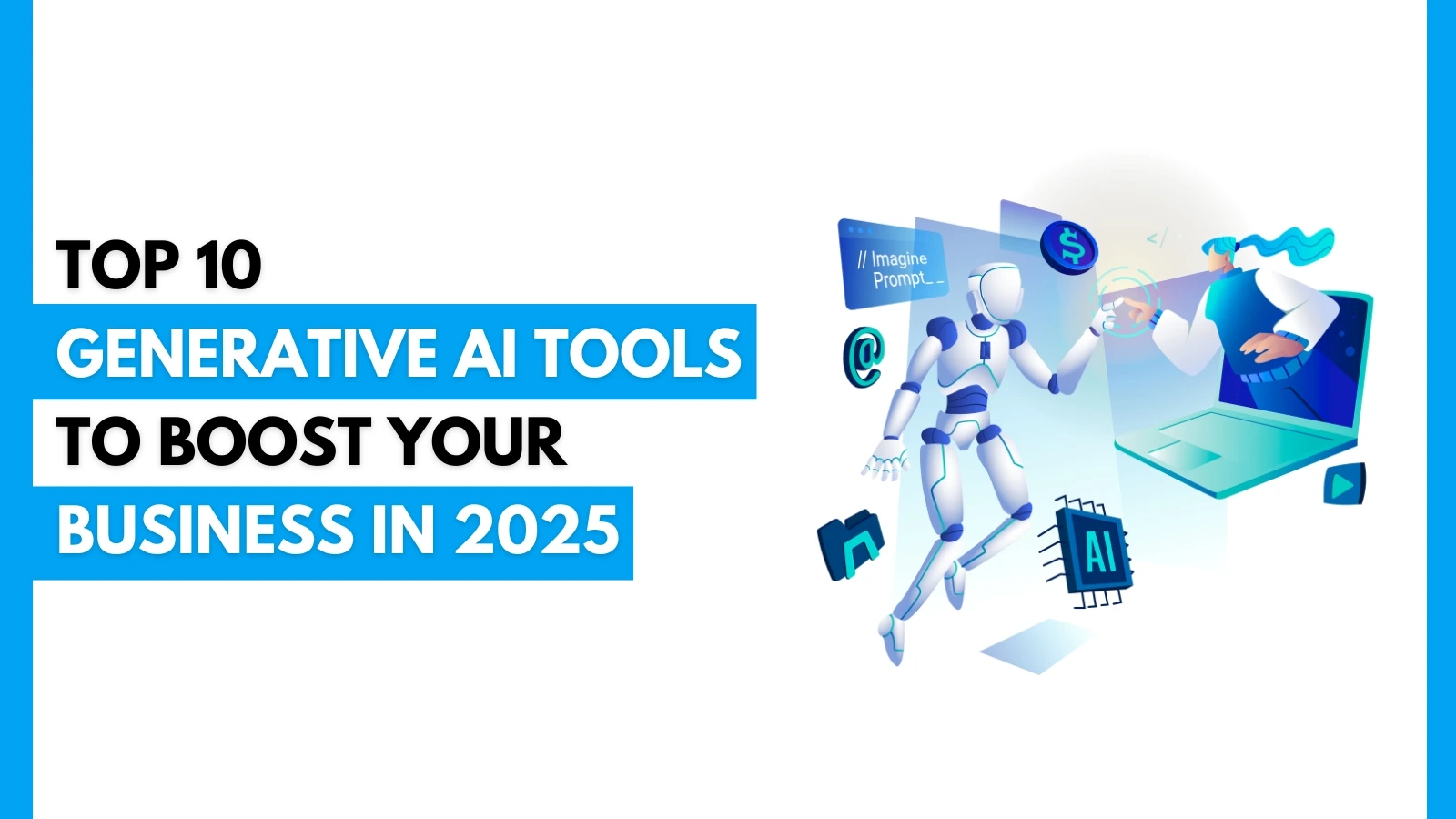
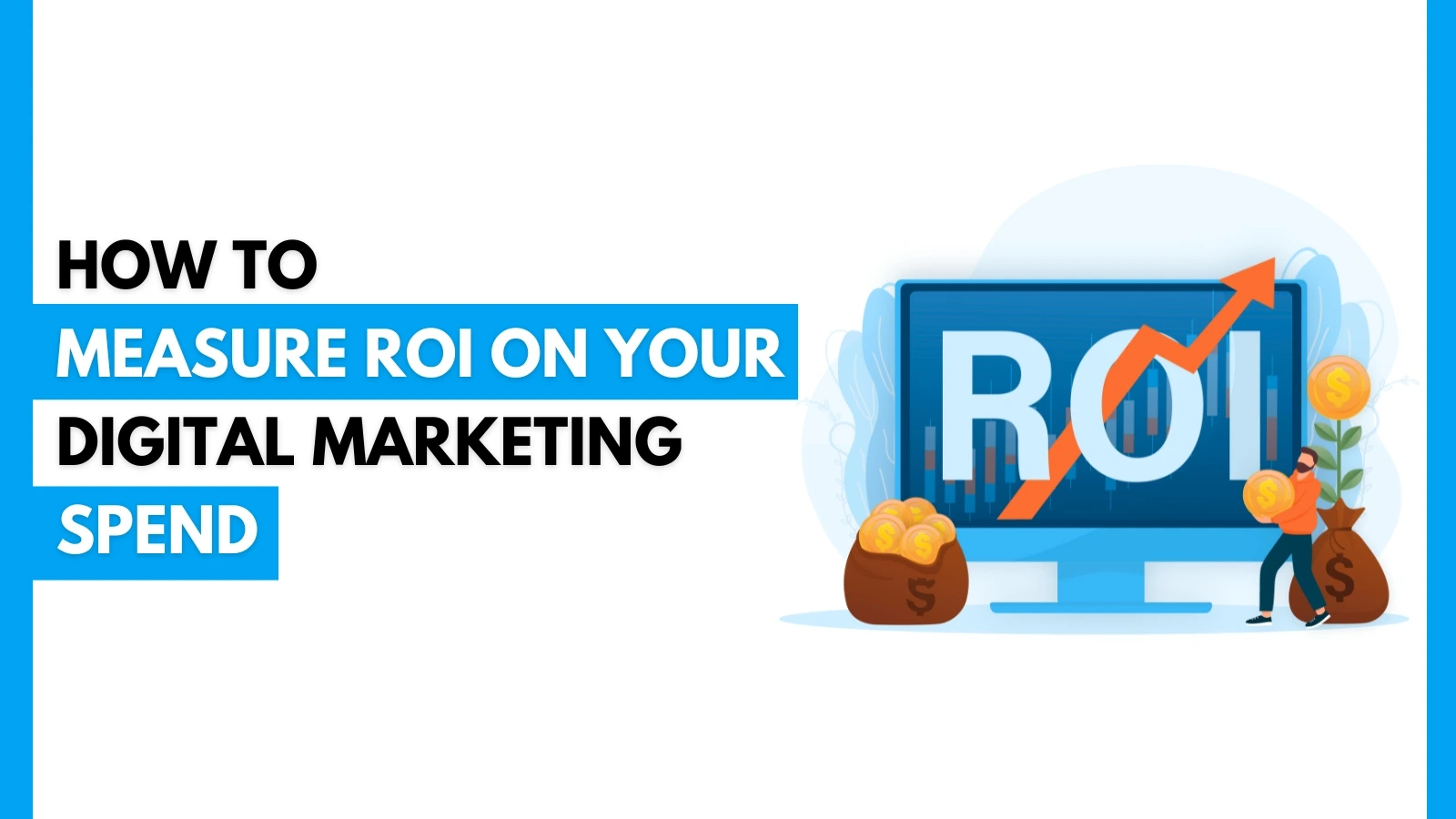

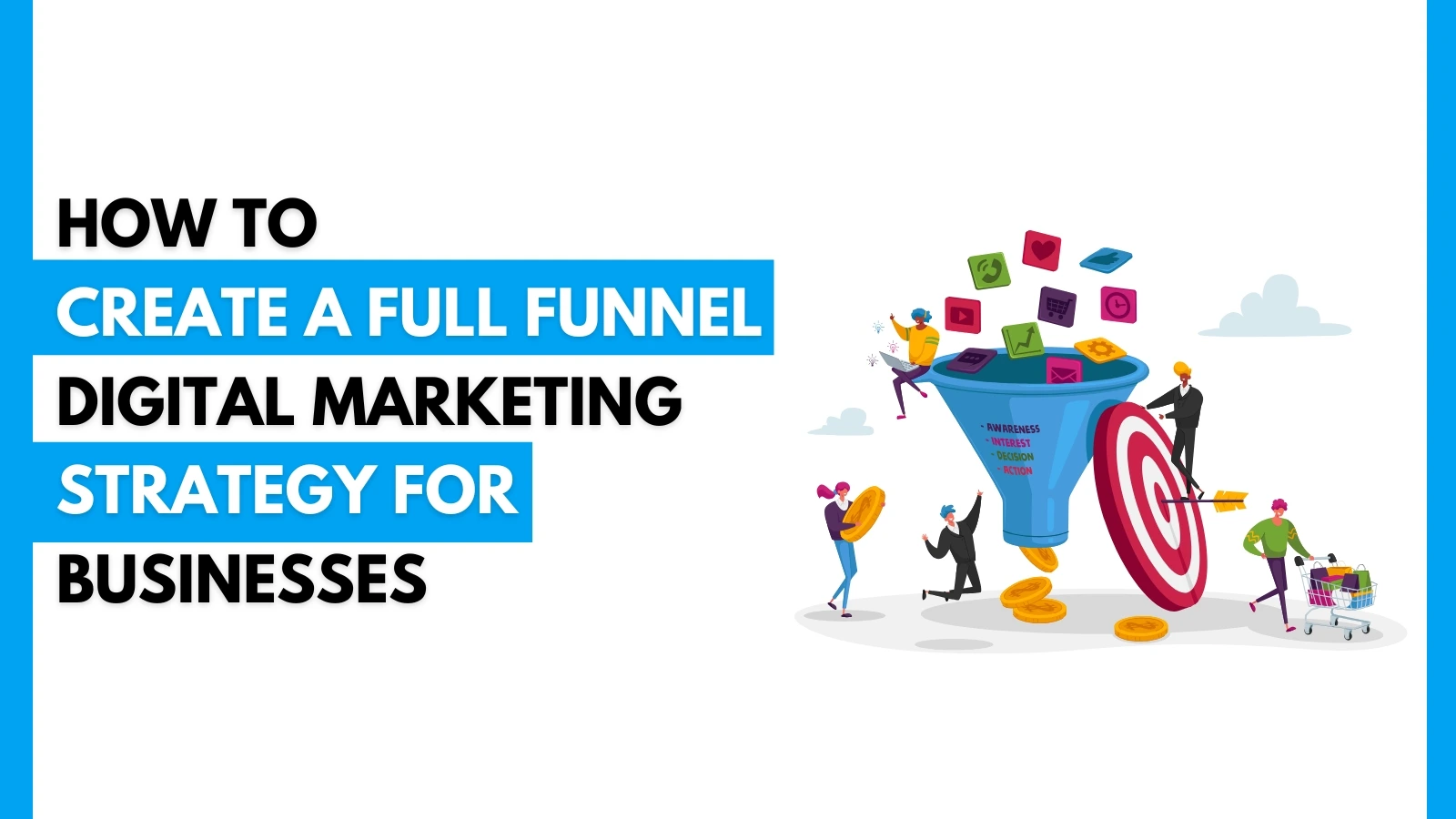
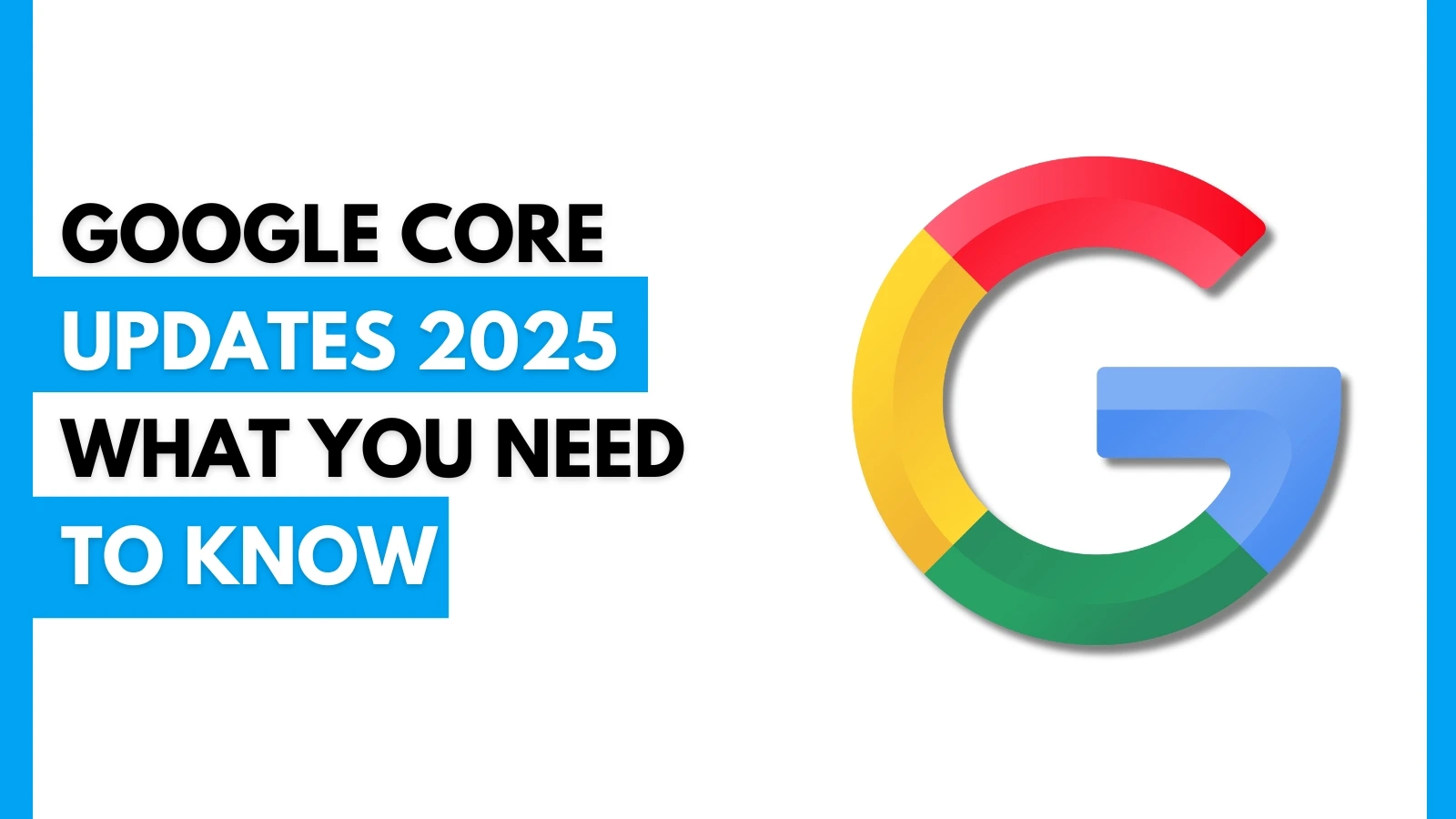





.webp)






















 A Complete Guide.webp)










































.jpg)










 Efficiently.jpg)
.jpg)
























.jpg)
.jpg)
























.jpg)


















.jpg)
.jpg)




























.webp)





.jpg)


















 Campaign.jpg)




.jpg)

.jpg)

.png)



.jpg)



.jpg)
.jpg)
.jpg)



.jpg)








.png)
.jpg)




.jpg)

.jpg)
.jpg)


.jpg)


.jpg)



.jpg)





















.jpg)














.png)





















.jpg)






.png)

.png)



.png)

.png)
.png)



.png)
.png)
.png)
.png)
.png)

.png)
.png)
.png)
.png)
.png)
.png)
.png)
.png)
.png)
.png)
.png)

.png)
.png)
.png)
.png)
.png)
.png)
.png)
.png)
.png)



.png)
.png)
.png)

.png)
.png)
.png)
.png)
.png)
.png)
.png)
.png)
.png)
.png)
.png)
.png)
.png)
.png)
.png)
.png)
.png)
.png)
.png)
.png)
.png)
.png)
.png)
.png)
.png)
.png)
.png)
.png)
.png)
.png)
.png)


.png)
.png)

.png)
.png)
.png)
.png)
.png)
.png)
.png)
.png)
.png)
.png)
.png)
.png)
.png)
.png)
.png)
.png)
.png)
.png)
.png)
.png)

.png)
.png)
.png)

.png)
.png)
.png)
 (1).png)
.png)
.png)
.png)
.png)
.png)
.png)
.png)
.png)

.png)

.png)
.png)
.png)
.png)
.png)
.png)
.png)

.png)
.png)
.png)
.png)
.png)
.png)
.png)
.png)
.png)
.png)
.png)
.png)
.png)
.png)
.png)
.png)


.png)
.png)
.png)
.png)
.png)
.png)
.png)

.png)
.png)
.png)
.png)
.png)
.png)
.png)
.png)
.png)

.png)
.png)

.png)
.png)
.png)

.png)
.png)
.png)

.png)
.png)
.png)
.png)
.png)
.png)
.png)
.png)
.png)
.png)
.png)
.png)
.png)
.png)
.png)
.png)
.png)
.png)
.png)